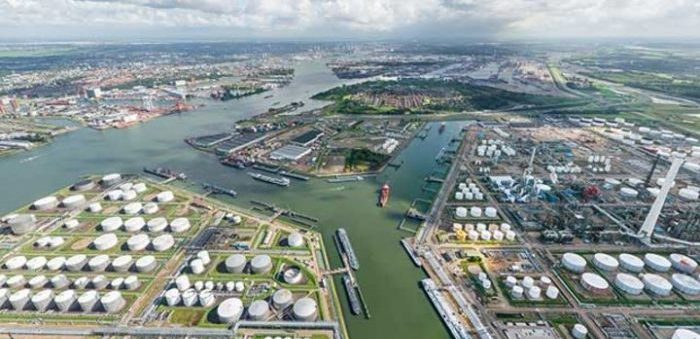Currently, computers use the sea of data that are produced these days for self-training. The Port of Rotterdam is now investing in this development with Pronto, an application for standardised data exchange on port calls.
Today, about half of shipping companies, agents, terminals and other nautical service providers in the port use the system to plan their activities during a port call.
[smlsubform prepend=”GET THE SAFETY4SEA IN YOUR INBOX!” showname=false emailtxt=”” emailholder=”Enter your email address” showsubmit=true submittxt=”Submit” jsthanks=false thankyou=”Thank you for subscribing to our mailing list”]
Namely, Pronto uses artificial intelligence to predict vessel arrival times in the port, with many factors affecting a vessel’s arrival time. This includes the vessel type and cargo type, as well as the location, route, sailing speed and movements of other vessels in the vicinity.
Data sources include AIS and the Port Authority databases, including vessel arrival times at the loading platform. Port Authority data scientists used the parameters to establish a self-learning computer model, which at first was supplied with some 12,000 items of historical data. The computer recognised patterns in these, learning to predict how much time a vessel needs to move from the loading platform to the berth.
According to the Port of Rotterdam, artificial intelligence has reduced vessel waiting times in the Port of Rotterdam by 20%, while Robbert Engels, Product Lead Port Call Optimisation, expects more improvement in the future:
It is still up to users themselves to interpret all the various times contained in Pronto, but in future, the computer may be able to help with this. The higher the data volumes, the more you can do
Nevertheless, there are still some doubts surrounding artificial intelligence. Practically, self-learning robots sometimes cause problems. For instance, Google Assistant learned to swear because it was fed data by people who swore, while Amazon stopped a job application robot that discriminated against women. Commenting on this situation, the Port said that Pronto is not a black box approach. The port considered the factors that determine the distance a vessel covers and provided the computer with reliable parameters for its predictions.




























































